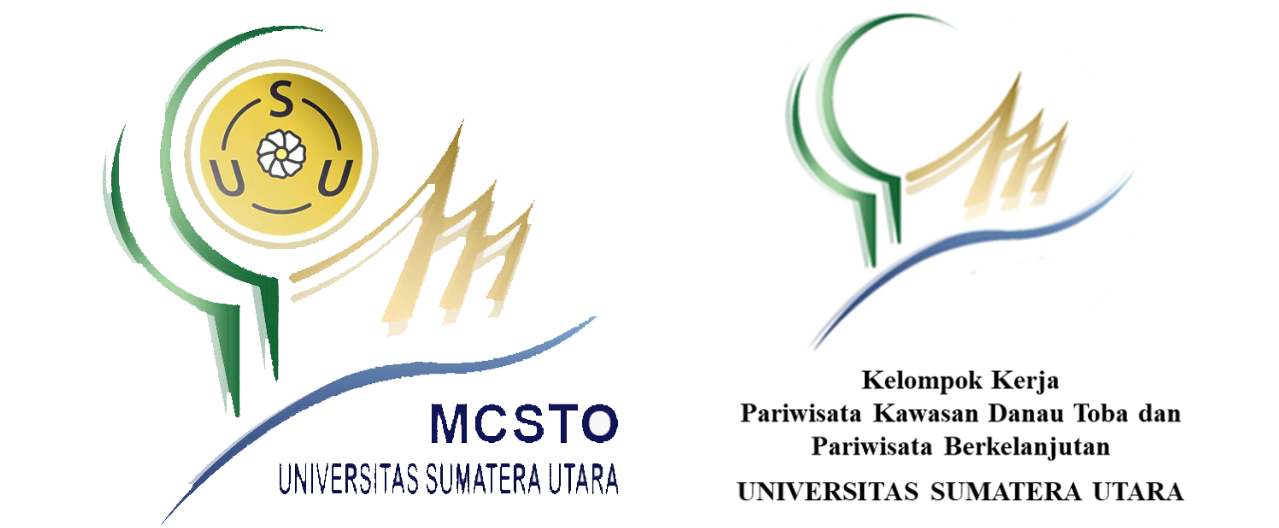POLA PERGERAKAN WISATAWAN PADA KAWASAN PARIWISATA PANTAI KOTA MAKASSAR
DOI:
https://doi.org/10.32734/koridor.v10i1.1383Keywords:
Cognitive Mapping, Losari Beach Area, Movement Pattern, TouristsAbstract
The city of Makassar has the advantage of a charming beach tourism destination and is an icon of the city located in the Losari Beach Region or known as the CPI Region (Center point of Indonesia). Losari beach area has zoning areas consisting of tourist areas namely Losari Beach Pavilion, Fort Rotterdam, Shopping Center and Ole-ole Somba Opu, and Culinary Tourism Areas that are expected to attract tourists to visit. However, visitor / tourist movements are concentrated only on the Losari Beach Pavilion. Through the cognitive mapping analysis method, this study aims to identify the characteristics of movement patterns of tourists in the Losari Beach tourism area and the factors that influence the pattern of tourist movements. The pattern of tourist movements is obtained from the recapitulation of index cards based on tourist routes. The results of this study are that the tourist movement pattern is dominated by a single point pattern with the tourist destinations of Losari Beach Pavilion and the least movement patterns carried out by tourists is the Chaining Loop pattern which visits four tourist spots namely Losari Beach Pavilion, Culinary Center for street vendors, Makassar, Fort Rotterdam, and Makassar Ole-Ole shopping center, and factors that influence tourist movement patterns are the classification of tourist interest, operational time and classification based on the ease of tourist movements.












